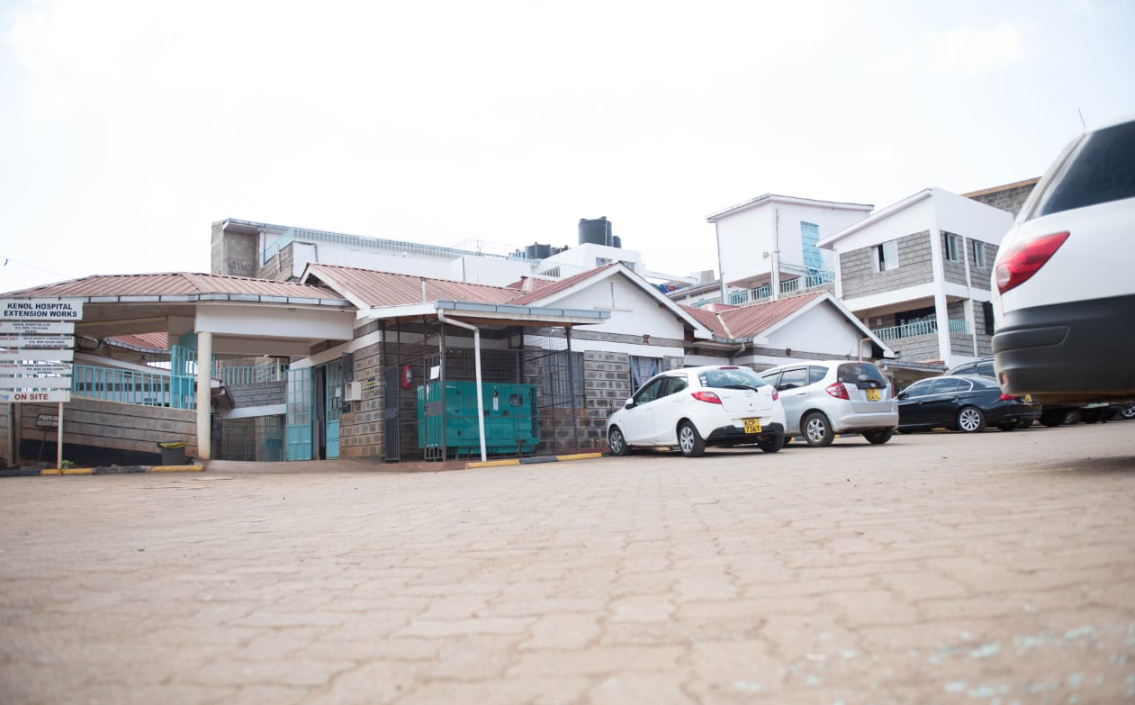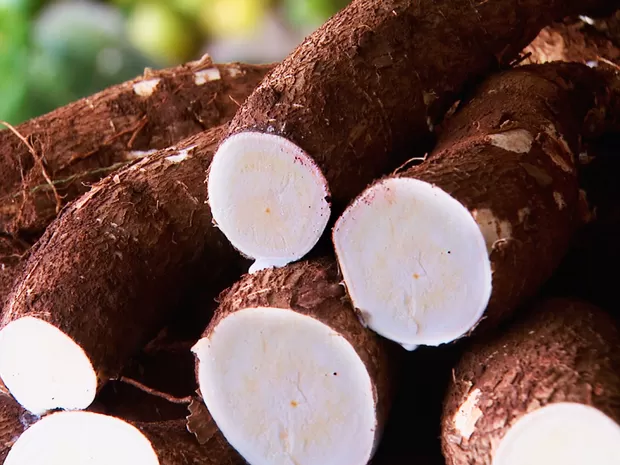Lavender farming in Kenya is slowly gaining attention for its high returns and low maintenance costs. Lavender is a sweet-smelling, flowering plant from the mint family.
It’s famous for its use in cosmetics, essential oils, herbal medicines, and beauty products. Though still uncommon in most Kenyan farms, lavender offers a profitable opportunity for small-scale farmers willing to try something different.
With the right ecological conditions and market strategy, lavender farming can become a steady source of income for farmers across various regions in Kenya.

Guide to Lavender Farming In Kenya
Lavender is not only beautiful and aromatic but also very useful. Below is a complete guide for anyone interested in lavender farming in Kenya.
Suitable Varieties of Lavender Grown In Kenya
There are several types of lavender suitable for Kenyan climate and soil conditions. The most common include:
- English lavender – Has a strong scent and is ideal for essential oil production.
- French lavender – Grows well in warm climates and is perfect for decoration.
- Spanish lavender—Has unique flowers and is best for ornamental use.
- Lavandin—A hybrid with high oil yield.
- Spike lavender – Known for its sharp scent.
- Wooly lavender – Adapted to dry and hot conditions.
Choosing the right variety will depend on your farming goals and ecological zone.
Ecological Requirements for Lavender Farming
To grow healthy lavender plants, the following conditions must be met:
- Altitude: Lavender does well in areas 1,000 to 1,700 metres above sea level.
- Soil: Use well-drained, loose, and aerated soils with a pH of 6 to 8.
- Sunlight: Lavender needs full sun for at least 6-8 hours a day.
- Water: Provide water during early growth but avoid overwatering.
- Organic matter: Enrich the soil with compost or decomposed farmyard manure.
These conditions help the plant thrive and produce high-quality flowers and oils.
Proper Land Preparation
Preparing the land correctly ensures the plant roots grow well.
- Deep plough the land to remove weeds and loosen the soil.
- Create raised beds to improve drainage and prevent root rot.
- Mix well-decomposed manure into the soil to improve fertility.
A clean and fertile bed gives your lavender the best start.
Propagation and Planting Methods
Lavender can be propagated either by seeds or cuttings, but most Kenyan farmers prefer using cuttings.
- Seeds: Require cold treatment (stratification) for 5 weeks, then 5-6 months before transplanting.
- Cuttings: Easier and faster. Take cuttings from healthy, established lavender plants.
After planting:
- Transplant once the young plant has strong roots.
- Maintain spacing of 2-3 feet within rows and 3-5 feet between rows.
- One acre can accommodate between 15,000 to 20,000 plants.
Good spacing helps the plants access enough light and nutrients.
Pest and Disease Management
Lavender is naturally resistant to many pests and diseases. However, problems may arise if hygiene is not maintained.
- The most common disease is phytophthora root rot, caused by poor drainage or overwatering.
- Always plant in raised beds and avoid waterlogging.
- Practise crop rotation and use clean tools to reduce risk of infections.
With proper care, lavender remains a hardy and low-maintenance crop.
When and How to Harvest Lavender
Patience is key in lavender farming. The plant takes 2 to 5 years to fully mature.
- Best time to harvest: Early in the morning when 50% of the flower buds have opened.
- Use sharp tools to cut flower spikes without damaging the plant.
- Dry the flowers in a cool, dry place if you plan to sell dried lavender or extract oils.
Harvesting at the right time ensures top-quality products.
Market Opportunities for Lavender in Kenya
Lavender has a growing demand both locally and internationally.
- Cuttings sell between Ksh 100 to Ksh 500, depending on size.
- Products are sold in flower markets, plant nurseries, and online platforms such as Amazon and Jumia.
- Hotels, cosmetic firms, pharmaceutical companies, and chemical industries are big buyers of lavender-based products.
With more awareness and value addition, Kenyan farmers can tap into a very profitable niche.







































